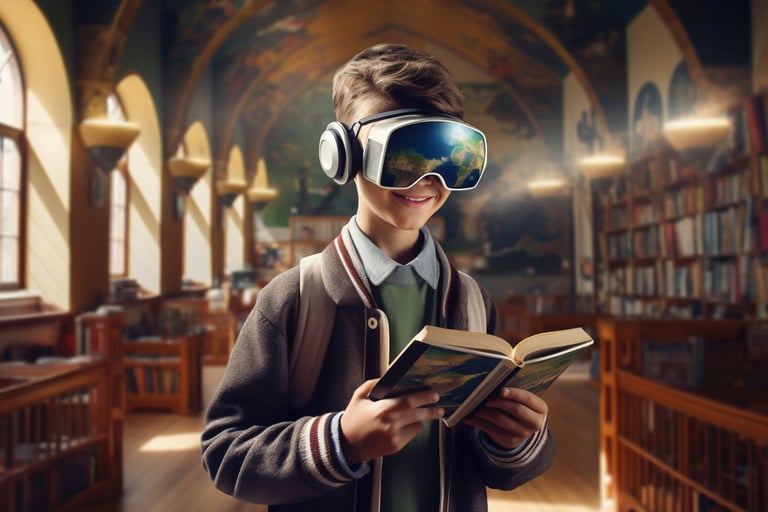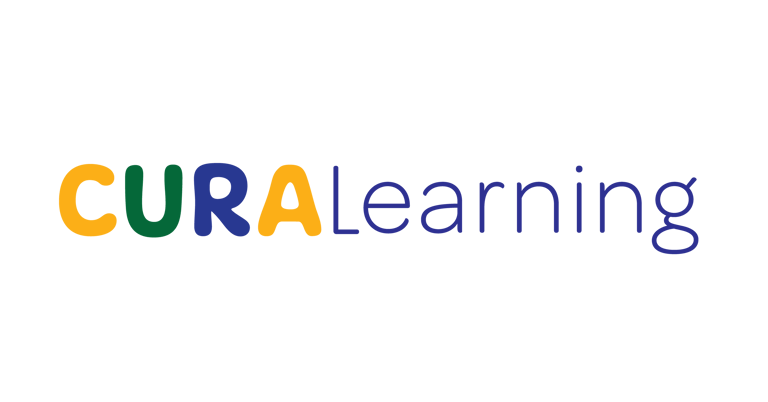The Importance of Coding Skills & AI Literacy
This blog post explores how coding skills and AI literacy can be developed through hands-on, visual learning experiences across different age groups. The content covers a systematic approach to STEM education that works well for students who thrive with tactile maker projects and benefit from structured progression—starting with visual programming languages like Scratch, advancing through Python and AI collaboration tools, while incorporating physical computing with circuits and maker spaces. The post demonstrates how students can leverage these foundational technical skills to excel in prestigious competitions including programming olympiads, science fairs, and mathematics tournaments that showcase expertise and strengthen college applications.
Raymond Zhang
6/18/20252 min read


The Importance of Coding Skills & AI Literacy
We specialize in hands-on education that takes students from foundational concepts to competitive excellence at every stage of their development. Our curriculum is designed for students of all ages who learn best through visual programming, tactile maker experiences, and structured progression toward advanced technical skills. This approach works particularly well for STEM-oriented learners who thrive with concrete, interactive learning experiences and benefit from clear pathways to demonstrate their growing expertise through competitions.
Learning technical skills is fundamentally about mastering the process of learning new technologies—a critical ability in our rapidly evolving digital world. Students should be exposed to the right STEM experiences that match their developmental stage and learning capacity. Our approach begins with low-code visual systems to establish computational thinking, then advances students toward high-level programming and ultimately international competitions that showcase mastery.
For Young Learners: Kindergarten To Middle School
Early Coding Foundations
Visual Programming with Scratch
Starting at age 8 (3rd grade), students get exposed fundamentals through Scratch's drag-and-drop interface, building games and animations while developing logical thinking.
Real Programming with Python
Students progress to Python through Google Colab, using the same tools as professional developers without installation barriers.
Hands-On STEM Learning
Maker Spaces and Tactile Learning
Following MIT's STEM preparation guidance, students build, experiment, and explore in maker spaces where theory becomes reality.
Circuit Design Adventures
Makey Makey transforms everyday objects into interactive controllers, teaching electronics through creativity—from banana pianos to play-dough game controllers.
AI Literacy for Kids
Using MIT's RAISE resources, we introduce AI concepts through:
What is AI? Familiar examples from voice assistants to smart devices
Neural Networks: Brain-inspired learning systems
Large Language Models: AI that understands and generates human language
Building with AI: Creating simple chatbots and AI-generated art
Middle School Through College AI-Assisted Programming - Vibe Coding
Students learn alongside AI tools like Cursor and GitHub Copilot, mastering AI collaboration while maintaining creative control.
From Foundation to Competition
Once students master foundational programming and STEM concepts, competitions become powerful tools for college admissions. These achievements demonstrate exceptional ability, dedication, and problem-solving skills that admissions officers highly value. Success in national and international competitions can significantly strengthen applications to top-tier universities.
Programming Competitions
Science Olympiads
Research & Innovation
Mathematics Tournaments
Advanced Making Resources
Professional Tools
Arduino for embedded systems
Adafruit for cutting-edge components
Instructables for project inspiration
Local maker spaces for fabrication tools
Additional Opportunities
Cura Learning
Empowering students through innovative learning experiences.
Contact
info@curalearning.org
© 2024. All rights reserved | Privacy | Terms and Conditions
